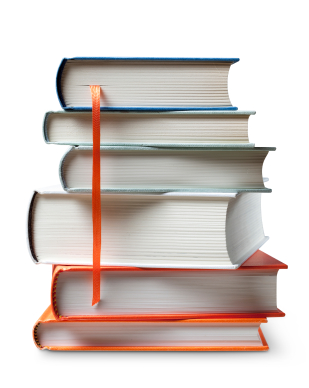
Menu
-
Solutions
-
Our Solutions
-
AcademicSurface potential plagiarism prior to publication with iThenticate’s expansive content database.
-
AdmissionsScreen personal essays for potential plagiarism and help ensure the highest level of integrity even before matriculation.
-
GovernmentEnsure the originality of public-facing content, from legal documents to grant applications, and reporting.
-
MedicalPrevent invalid findings dissemination, grant misconduct, and improper medical practices.
-
PublishingProtect your journal’s reputation by publishing only the highest quality articles.
-
-
Resources
-
Our Resources
-
FAQFind the answers to the commonly asked questions about how iThenticate works.
-
Content DatabaseComprehensive coverage you can trust across the internet, scholarly articles, and industry papers.
-
GuidanceSearch our comprehensive site for the launch, integration and usage information.
-
-
Pricing
-
Login
-
Buy Credits
 From a search engine ranking perspective, social media sites tend to do well because they promote sharing content among users.
From a search engine ranking perspective, social media sites tend to do well because they promote sharing content among users.  Hungarian President, Pal Schmitt, has officially resigned due to plagiarism accusations. In Monday's vote by Hungary’s parliament, President Schmitt's resignation was accepted by a margin of 338-5. Hungary's Fidesz party, led by Prime Minister Victor Orban, will initiate negotiations with the country's other parties to find a successor for President Schmitt.
Hungarian President, Pal Schmitt, has officially resigned due to plagiarism accusations. In Monday's vote by Hungary’s parliament, President Schmitt's resignation was accepted by a margin of 338-5. Hungary's Fidesz party, led by Prime Minister Victor Orban, will initiate negotiations with the country's other parties to find a successor for President Schmitt.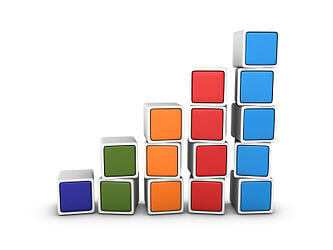 There are various means of measuring a researchers’s level of success in their field of expertise.
There are various means of measuring a researchers’s level of success in their field of expertise.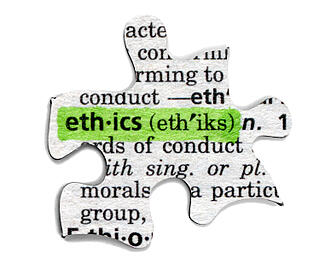 The United States
The United States  As with most infractions – intentional plagiarism isn’t often a singular event. If someone plagiarizes and gets away with it, they are very likely to do it again because no negative reinforcement has emerged to block their actions. In fact, they are rewarded by their actions because they end up doing less work and getting all the credit for it.
As with most infractions – intentional plagiarism isn’t often a singular event. If someone plagiarizes and gets away with it, they are very likely to do it again because no negative reinforcement has emerged to block their actions. In fact, they are rewarded by their actions because they end up doing less work and getting all the credit for it.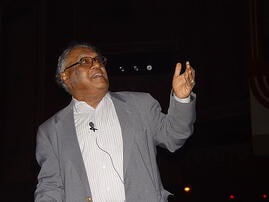 In most industries, problems start at the highest corporate level and trickle downstream to the lower levels of a company. Corporate and legal regulations are purposefully enforced to prevent problems from going upstream – starting with a low level worker and then going on to affect management, executives and investors. These measures are in place so that a company’s organizational hierarchy doesn’t collapse at the drop of a dime.
In most industries, problems start at the highest corporate level and trickle downstream to the lower levels of a company. Corporate and legal regulations are purposefully enforced to prevent problems from going upstream – starting with a low level worker and then going on to affect management, executives and investors. These measures are in place so that a company’s organizational hierarchy doesn’t collapse at the drop of a dime. Research misconduct can cause damage in many ways. Institutions, publishers and patients can all be affected by the misconduct of a single researcher. A recent case that involves a researcher at Duke University could go down in history as one of the biggest medical research frauds ever.
Research misconduct can cause damage in many ways. Institutions, publishers and patients can all be affected by the misconduct of a single researcher. A recent case that involves a researcher at Duke University could go down in history as one of the biggest medical research frauds ever.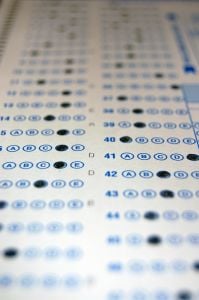 The
The  You’d think that when you’re buying from a company as prestigious as
You’d think that when you’re buying from a company as prestigious as